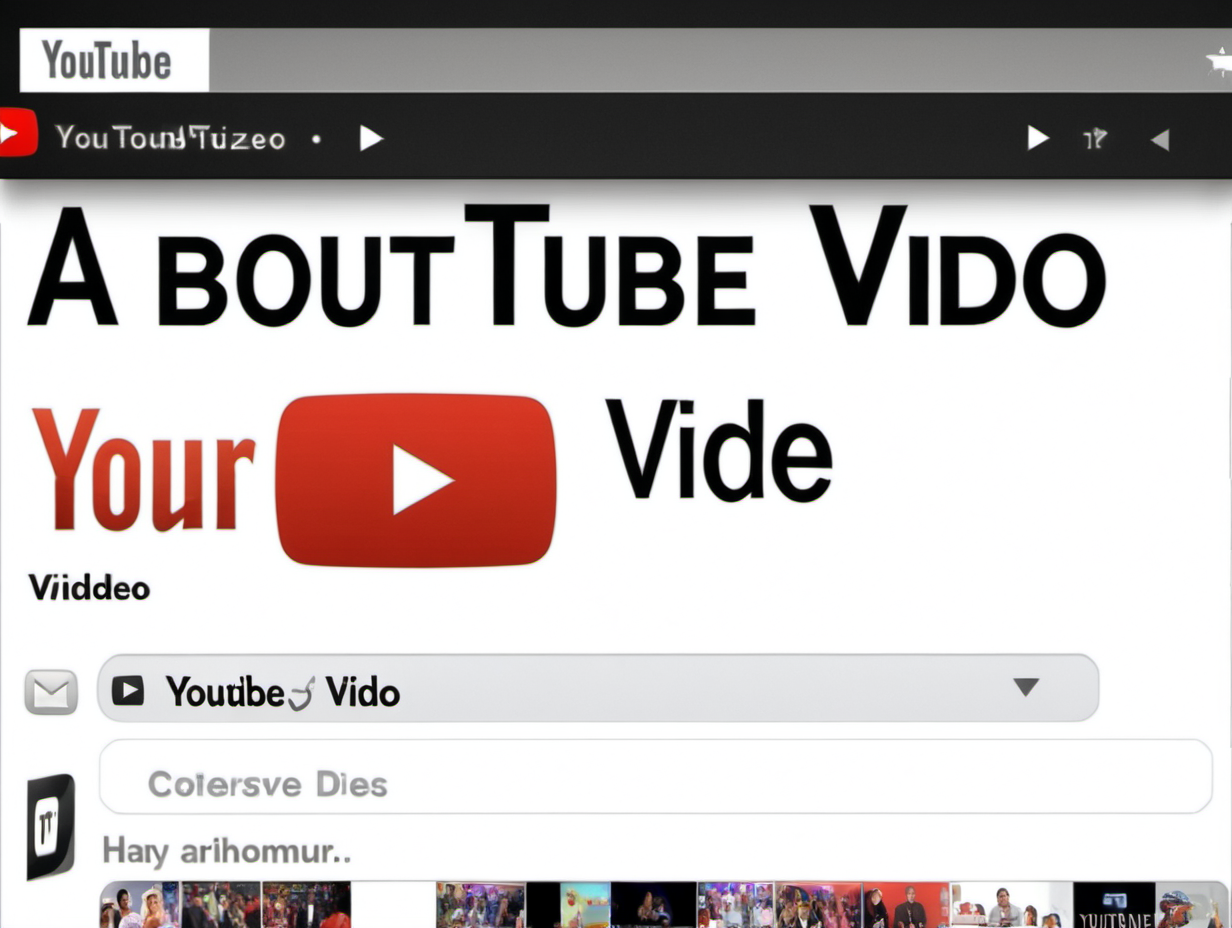ChatGPT Explained Completely.
Summary
TLDRThe video transcript provides an overview and analysis of chatGPT, the new AI chatbot created by OpenAI. It starts by introducing chatGPT as an impressive and human-like conversational AI that can pass exams, write poetry, and even fabricate celebrities. The narrator explains that chatGPT is the publicly accessible version of GPT-3.5, a large language model developed by OpenAI. GPT stands for Generative Pre-trained Transformer. The 'generative' indicates it can generate text, 'pre-trained' means it is trained on data before being released, and 'transformer' refers to the neural network architecture it uses. ChatGPT was trained on an immense dataset of over 500 GB of text from the internet, books, and other sources. This amounted to trillions of words over hundreds of billions of web pages. The model has 175 billion parameters that were tuned by training for the equivalent of 300 years on supercomputers. The narrator emphasizes that despite its impressive capabilities, chatGPT has no real understanding - it simply predicts the next word statistically based on its training data. OpenAI implemented 'reinforcement learning' during training to instill some human values like helpfulness and truthfulness. At its core, chatGPT is a neural network. It encodes text inputs into numbers using a 50,000 word vocabulary. Through training, it learned a 12,288 dimensional embedding that captures relationships between words based on co-occurrence statistics. Attention mechanisms allow it to focus on certain words. After explaining the technical details, the narrator highlights the potential risks of large language models dominating the information ecosystem. Soon AI-generated text may outstrip what humans have ever written, making it hard to determine what is real. However, the rapid progress shows human language may be simpler to model than expected. The narrator hopes this overview helps explain the complex AI behind chatGPT.
Takeaways
- ChatGPT is a chatbot variant of GPT 3.5, a large language model trained on over 500GB of text data.
- ChatGPT tries to solve the AI alignment problem by training the model to produce helpful, truthful and harmless text.
- ChatGPT works by predicting the next word in a sequence based on the statistical relationships between words learned during training.
- Attention mechanisms in ChatGPT allow it to focus more on relevant words in a prompt when generating text.
- We don't fully understand how or why ChatGPT works so well at producing human-like text.
- The amount of text generated by AI systems like ChatGPT will soon eclipse what humans have ever written.
- ChatGPT has shown ability to pass exams and generate useful code despite not truly understanding language.
- The rapid progress in language models signals that human language may be computationally simpler than expected.
- Overuse of large language models risks overwhelming people with synthetic text of unclear veracity.
- Regulation and new methods of authentication may be needed as AI text generation advances.
Q & A
What is the core function of ChatGPT?
-ChatGPT's core function is to predict the next most probable word following a sequence of text, based on the statistical relationships between words that it learned during training.
How was ChatGPT trained to be helpful and harmless?
-OpenAI hired contractors to rate ChatGPT's responses and used reinforcement learning to reward the model for generating text aligned with values like helpfulness and harmlessness.
Why can't we fully explain how ChatGPT works?
-Like neural networks in general, the inner workings of systems like ChatGPT involve very high-dimensional relationships between input data that are difficult for humans to intuit or visualize.
What risks are posed by advanced language models?
-The amount of synthetic text generated threatens to overwhelm authentic information and make determining truth very difficult without new authentication methods.
How was the alignment problem tackled in developing ChatGPT?
-OpenAI attempted to tackle the alignment problem through a human feedback and reinforcement learning system that rewarded ChatGPT for giving responses deemed helpful, truthful, and harmless.
Why has progress in language models suddenly accelerated?
-It appears that human language may be a computationally simpler problem to model than experts previously thought, allowing rapid advances with sufficient computing power and data.
How can ChatGPT pass exams without understanding content?
-ChatGPT predicts correct answers based on the statistical relationships between words in its training data, not through comprehension of meaning.
What mechanisms allow ChatGPT to understand context?
-Mainly the word embeddings and attention mechanisms allow ChatGPT to relate words and focus on relevant context when generating text.
Could ChatGPT become sentient?
-OpenAI stresses that ChatGPT has no experiences, feelings, or real understanding despite its human-like text generation abilities.
How was ChatGPT trained?
-Through a brute force method of assigning numbers to words, then adjusting weights over trillions of training examples to make outputs match the statistical patterns in training text.
Outlines

This section is available to paid users only. Please upgrade to access this part.
Upgrade NowMindmap

This section is available to paid users only. Please upgrade to access this part.
Upgrade NowKeywords

This section is available to paid users only. Please upgrade to access this part.
Upgrade NowHighlights

This section is available to paid users only. Please upgrade to access this part.
Upgrade NowTranscripts

This section is available to paid users only. Please upgrade to access this part.
Upgrade Now5.0 / 5 (0 votes)





